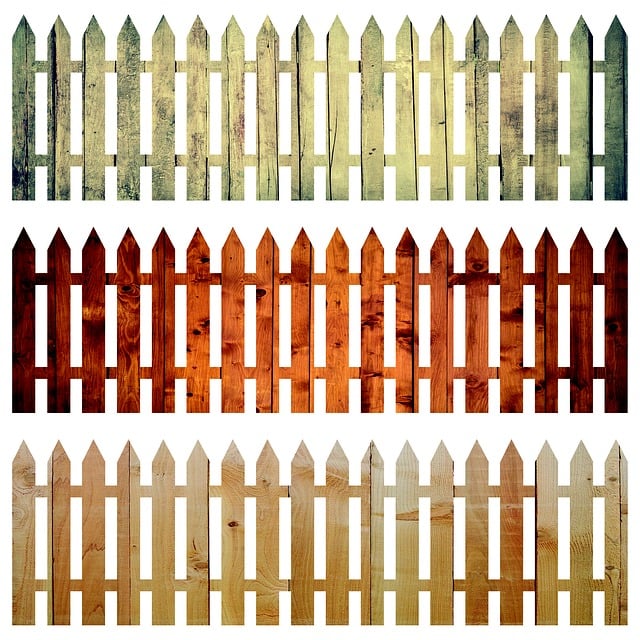New Bedford residents often rely on fences for security, privacy, and aesthetic appeal. Whether you need a fence for your backyard, front yard, or property boundary, understanding local regulations and choosing the right style and material is crucial. This article guides you through the process of New Bedford fence repair and installation, from identifying specific needs to maintaining your investment, ensuring your project complies with local rules.
- Understanding New Bedford Fence Needs
- Choosing the Right Fence Style and Material
- Installation Process: Step by Step Guide
- Common Repairs and Maintenance Tips
- Local Regulations for Fence Projects
Understanding New Bedford Fence Needs
Fences play a vital role in any property, serving as both a security measure and an aesthetic enhancement. In New Bedford, homeowners often face unique challenges when it comes to fence maintenance due to the region’s diverse climate and varied terrain. Understanding these needs is the first step towards effective fence repair and installation.
Whether it’s a historic wooden fence requiring meticulous restoration or a modern steel barrier designed for security, each property has distinct requirements. Homeowners should consider factors like local weather patterns, potential wildlife intrusion, and nearby landscape features that might impact fence placement and design. Regular inspections are key to identifying issues early, ensuring the longevity of the fence, and maintaining its functionality and appeal.
Choosing the Right Fence Style and Material
When it comes to choosing the right fence style and material for your New Bedford property, there are several factors to consider. First, think about the purpose of your fence—is it for privacy, security, or aesthetic appeal? Different styles like picket fences, wood panels, or wrought iron offer varying levels of each.
Additionally, materials play a significant role in durability and maintenance. Wood is classic but requires regular care; vinyl is low-maintenance; while metal offers strength and longevity with minimal upkeep. Consider your climate too—some materials are better suited to withstand harsh weather conditions than others.
Installation Process: Step by Step Guide
The installation process for new fences begins with meticulous planning and preparation. It involves clearing the site, marking out the perimeter, and ensuring all necessary materials are on hand. This step-by-step approach guarantees a solid foundation for your fence. First, dig post holes at strategic locations along the designated boundary using a post-hole digger. Next, set the wooden posts in place, ensuring they’re plumb and level. Fill the holes with concrete to secure the posts firmly in the ground.
Once the posts have set, attach horizontal rails to them, providing a stable base for the fence panels. Then, install the chosen fence panels, securing them to the rails with nails or screws. The final touch involves adding a gate or any additional accessories, like caps or trim, to enhance both functionality and aesthetics.
Common Repairs and Maintenance Tips
Fences are a significant investment for any property owner, so regular maintenance is crucial to ensure their longevity. Common issues include broken or missing pickets, loose posts, and damaged gates. These problems can often be easily fixed with simple repairs like tightening hardware, replacing worn-out parts, or adjusting hinges. Regular cleaning, painting, or staining will also help protect the fence from the elements and prolong its lifespan.
Additionally, checking for signs of rot or pest damage is essential. Promptly addressing these issues will prevent further deterioration and costly replacements. Maintaining proper drainage around the fence is another key practice to avoid water damage and ensure stability. Regular inspection and maintenance will keep your fence looking good and provide many years of reliable service.
Local Regulations for Fence Projects
Before starting any fence repair or installation project in New Bedford, it’s crucial to familiarize yourself with the local regulations. The city has specific guidelines and permits required for various types of construction work, including fencing. These rules are designed to ensure structural safety, maintain aesthetic standards, and protect neighborhood harmony.
The first step is to check with the local building department to understand the necessary permits and any restrictions on materials, designs, or heights. Different neighborhoods might have additional considerations, such as historical preservation or environmental conservation zones, which can impact your project. Staying informed about these regulations will help ensure a smooth process and avoid any legal issues.
